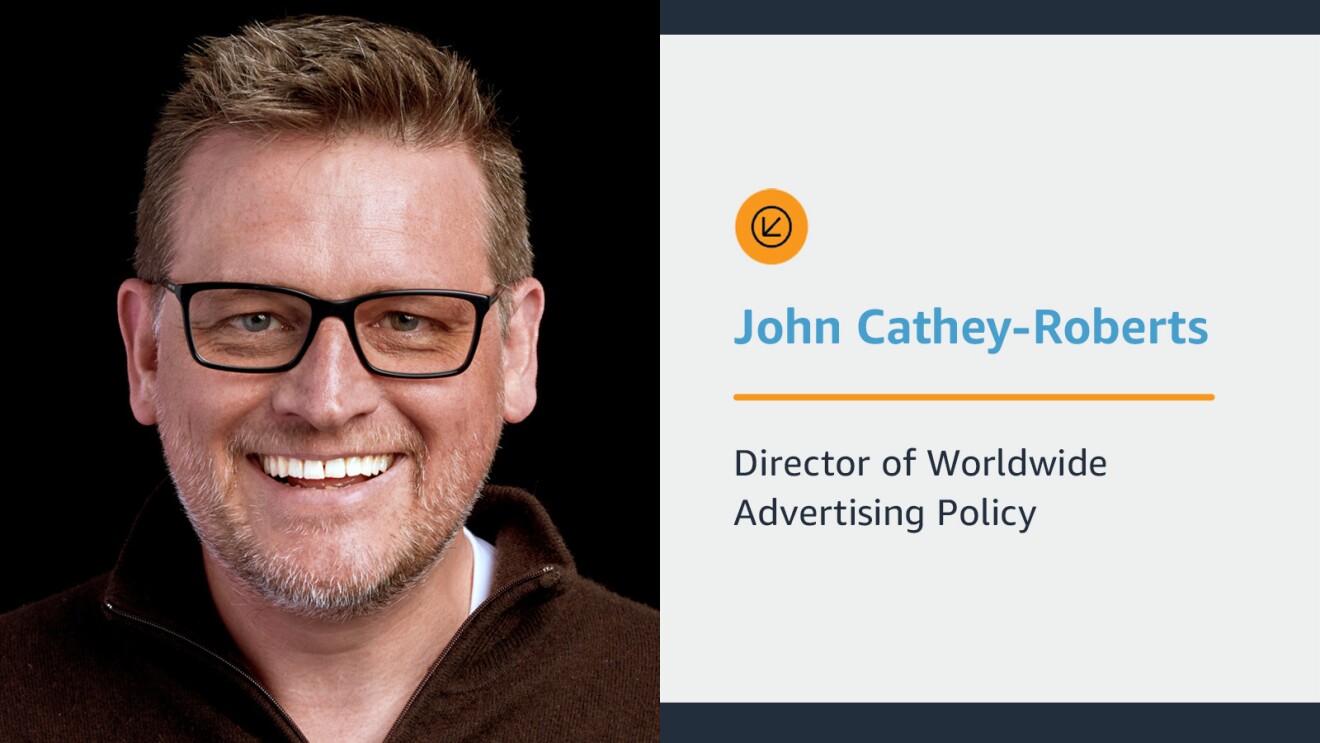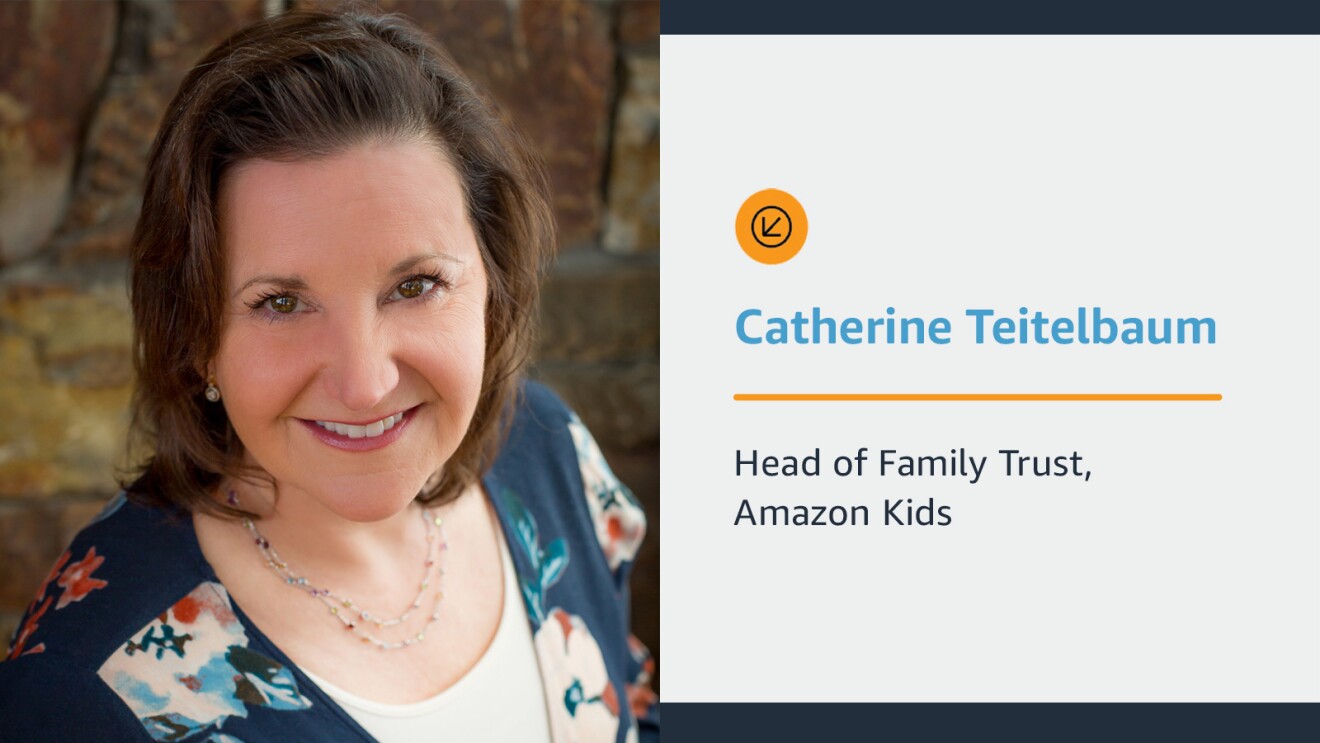Helpful tips for parents on how to navigate online advertising and keep their kids safe
Online advertising is ubiquitous and can even be tailored to the people who see it. Of course, parents want to protect their children and know when they are being influenced. But how do you have that conversation and help your kids understand it?
Catherine Teitelbaum, who leads Amazon Kids’ Family Trust programs, and John Cathey-Roberts, director of Amazon’s global advertising policy, discuss how online advertising works, guard rails within Amazon’s policies and practices, particularly as they relate to children , and tips for parents on how to navigate this landscape.
Q: What are Amazon’s guidelines on advertising policies and practices for children and young people?
Catherine Teilbaum: Amazon adheres to strict advertising guidelines regarding children and young people. Amazon Kids+ is our subscription service for children and is completely ad-free. It offers premium books, videos and games for learning and other content. But parents have the option through which Amazon Kids parent dashboardto approve additional content such as games or school-related apps that may contain advertising.
I encourage parents to review the features and disclosures of these apps on the App Store before approving their download or adding them to their child’s profile. This allows parents to confirm that the content, experience and any related ads meet their expectations. On Amazon teenagerwe filter certain types of ads from this store so teens don’t see them.
Q: Can you explain advertising and how online advertising works?
John Cathey-Roberts: Ads can take different forms – entertaining, cute, informative, funny, paid messages – but all ads have the intent to persuade the audience to do or buy something. An ad is a type of content that someone pays for others to see. This person is usually a business, but the ad could also be a public service announcement trying to get you to brush your teeth. The goal is to convince you to accept an idea or buy a product or service. We hold ourselves to high standards for the advertising standards we accept and the types of content shown in ads.
Q: You are both parents. How do you talk to your kids about advertising?
John Cathey-Roberts: I talk to my kids, who are 8, 18 and 19, about how advertisers can influence them and the tools advertisers use to try to do this. It’s important to help your children understand the difference between content and advertising.

Catherine Teilbaum: When my son was little, I tried to make a game of guess what to buy you? Especially at events like the Superbowl, we had an entire room competing with guesses as each new commercial came on TV. Less competitively, we would review apps in the App Store together. While we focused on the reasons my son was interested in a game, we discussed age ratings, whether there would be ads or in-app purchases, and then made sure we were clear about our expectations.
Q: What tips would you give other parents when dealing with technology and online advertising?
John Cathey-Roberts: It is important to provide information in a developmentally appropriate manner and to keep in mind children’s interests and exposures, which change over time. As parents, we know that we need to check ratings and reviews to determine if the program is right for our children, but it’s also important to be aware of the advertisements that are shown in this program.
When my 8 year old says he wants to play a game, I play the game first to check the content and see the type of ads that are in it. Or if it’s a new channel they want to watch, I’ll check out that channel and make sure it’s appropriate for my kids. When you download a new app, check the parental controls settings and options.
About John Cathey Roberts

John Cathey-Roberts has over 20 years of online advertising policy experience. He leads the Worldwide Advertising Policy team responsible for defining and maintaining high customer experience standards for the advertising content that Amazon accepts for all of its advertising products.
About Catherine Teitelbaum

Catherine Teitelbaum is a former educator, industry veteran, and recognized pioneer in the fields of online safety, product policies, educational technology, and the business of building trusted digital products.
learn more about Creating healthy digital experiences for your family.